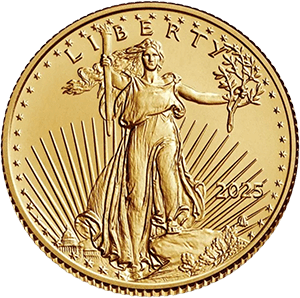
In recent months, central banks have resumed meaningful gold purchases, signalling renewed interest in bullion as a strategic reserve asset. According to the World Gold Council, central banks added a net 19 tonnes of gold in August — a rebound from weaker months and consistent with monthly gains earlier in the year.
Why the resurgence?
Several factors appear to underlie this trend:
-
Monetary-policy uncertainty: With inflation elevated and real yields under pressure, gold becomes more attractive as a hedge against currency and policy risk.
-
Diversification away from the U.S. dollar: Some central banks are seeking to reduce dollar reliance, adding gold as a non-correlated reserve asset.
-
Geopolitical and macro risks: Ongoing trade tensions, regional instability and fiscal imbalances are all contributing to stronger safe-haven demand for gold.
What the data tell us
The pattern of central-bank gold purchases is notable: after a pause in July (11 tonnes added), purchases resumed strongly. Visual Capitalist data show that over the past decade, central-bank purchases of gold have been increasing, and recent months continue that structural trend.
Implications for gold and global markets
Central-bank demand has become a structural driver of the gold market. Unlike retail or investor flows which can be volatile, central purchases are relatively stable and often contrarian: buying when others may be cautious. This contributes to a stronger underlying demand floor.
For gold investors, this trend reinforces the case for holding bullion as part of a diversified portfolio. As central banks accumulate, the supply-demand balance for gold improves and the metal’s role as a strategic asset is reaffirmed.
Takeaway: The renewed wave of central-bank gold buying shows that institutions are preparing for a landscape of monetary and currency risk. For the gold market, this is a meaningful signal that demand is not purely speculative but anchored in long-term institutional strategy.



